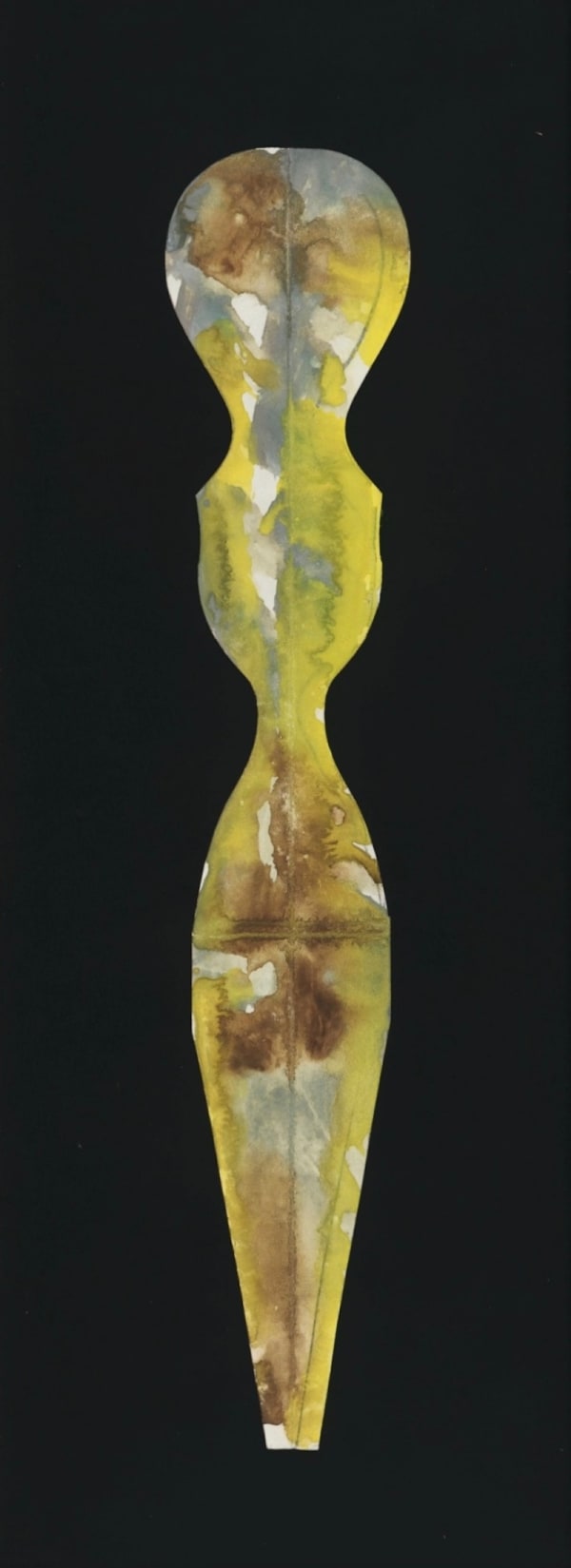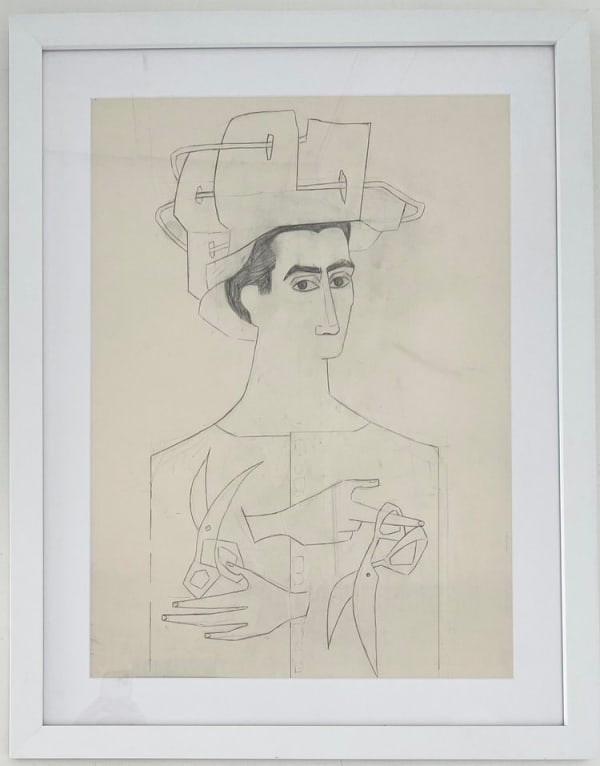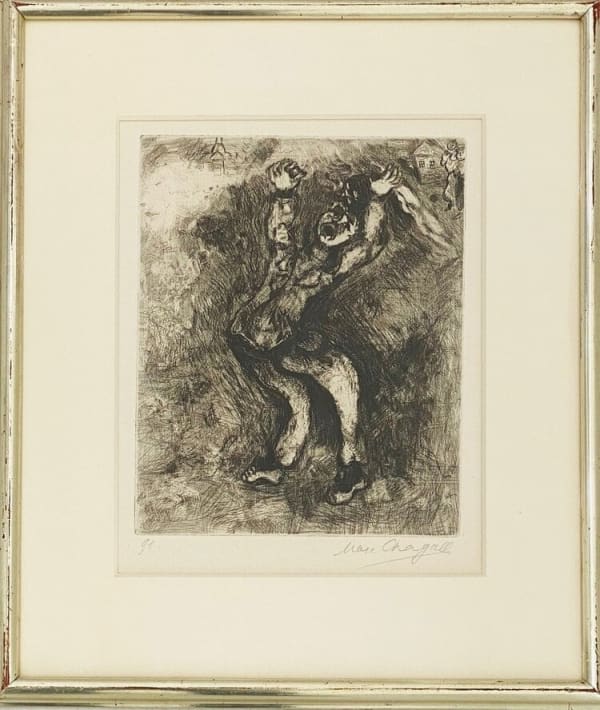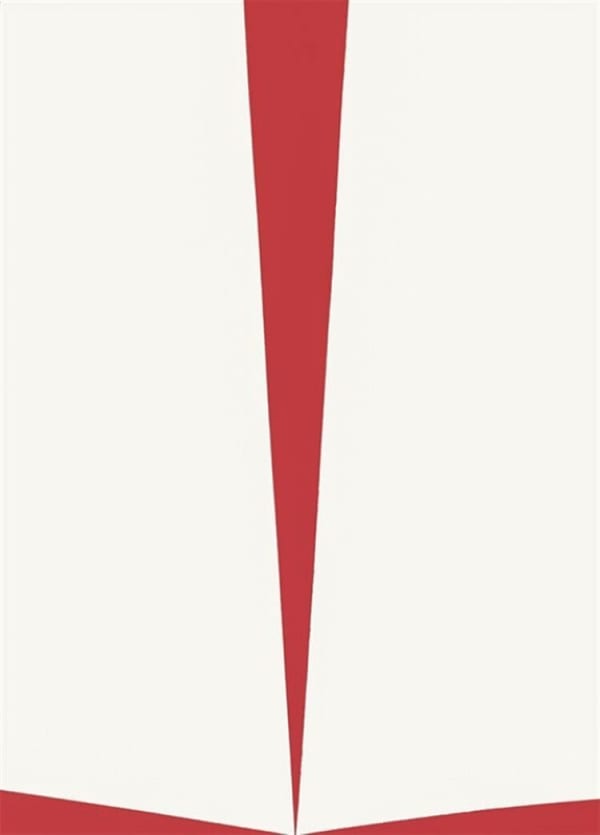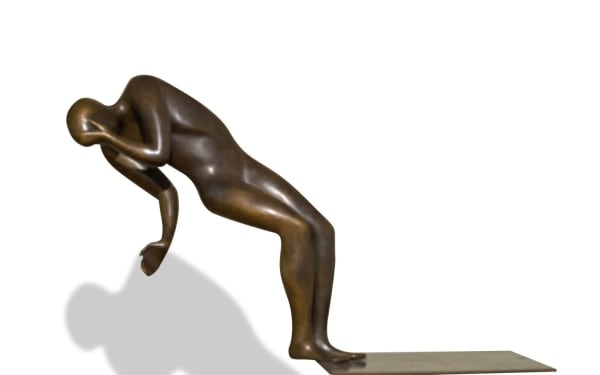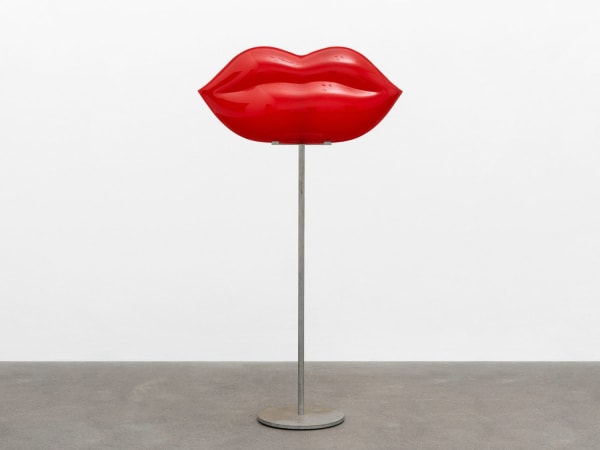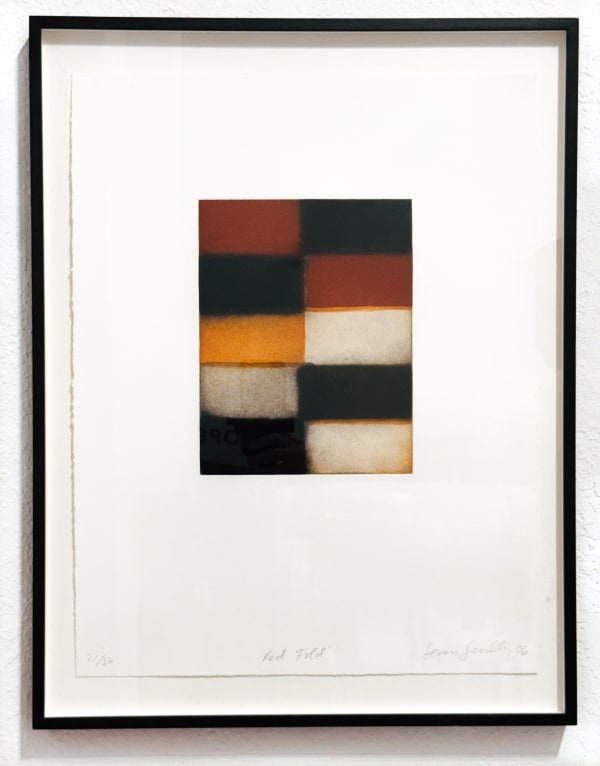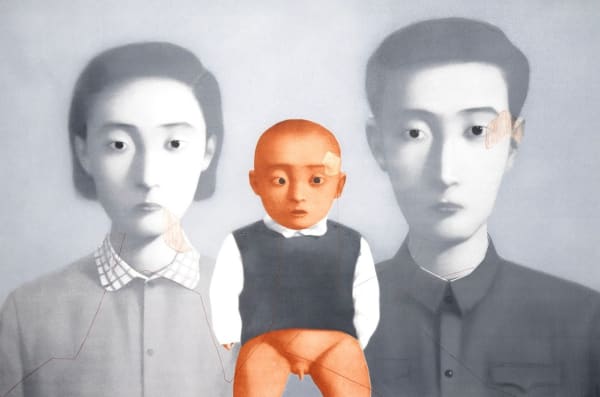-

Anni Albers
-

Josef Albers
-

Arman
-

Hans Arp
-

Milton Avery
-

John Baldessari
-

Banksy
-

Cundo Bermúdez
-

Katherine Bernhardt
-

Harry Bertoia
-

Ross Bleckner
-

Kwesi Botchway
-

Fernando Botero
-

Louise Bourgeois
-

Andre Brasilier
-

Cecily Brown
-

Victor Caglioti
-

Alexander Calder
-

Jean-Pierre Cassigneul
-

Marc Chagall
-

Francesco Clemente
-

Chuck Close
-

Jean Cocteau
-

George Condo
-

Richard Diebenkorn
-

Jim Dine
-

Jean Dufy
-

Friedel Dzubas
-

Norris Embry
-

Solomon Ethe
-

Tom of Finland
-

Eric Fischl
-

Sam Francis
-

Jorge Galindo
-

Nan Goldin
-

Salvatore Grippi
-

Armand Guillaumin
-

Peter Halley
-

Keith Haring
-

Celia Hempton
-

Carmen Herrera
-

Damien Hirst
-

David Hockney
-

Hans Hoffman
-

Jenny Holzer
-

Robert Indiana
-

Invader
-

Jasper Johns
-

Ronaldo de Juan
-

Wolf Kahn
-

Ellsworth Kelly
-

William John Kennedy
-

Terence Koh
-

Mark Kostabi
-

Lee Krasner
-

Nicola L
-

Charles Levier
-

Roy Lichtenstein
-

Richard Lindner
-

Robert Mangold
-

Eddie Martinez
-

Roberto Matta
-

Harland Miller
-

Joan Miró
-

Robert Motherwell
-

Elizabeth Murray
-

Robert Natkin
-

Don Nice
-

Claes Oldenburg
-

Ray Parker
-

Nicolas Party
-

Eddie Peake
-

Pablo Picasso
-

Jaume Plensa
-

Arnaldo Pomodoro
-

Larry Poons
-

Maurice Brazil Prendergast
-

Marc Quinn
-

Mel Ramos
-

Robert Rauschenberg
-

Man Ray
-

Granville S. Redmond
-

Larry Rivers
-

Suellen Rocca
-

Norman Rockwell
-

James Rosenquist
-

Sean Scully
-

George Segal
-

Joel Shapiro
-

Lois Gross Smiley
-

Maybelle Stamper
-

Pat Steir
-

Joseph Stella
-

Rudolf Stingel
-

Donald Sultan
-

Wayne Thiebaud
-

Wolfgang Tillmans
-

Théo Tobiasse
-

Maurice Utrillo
-

Alice Valenstein
-

Bernar Venet
-

Andy Warhol
-

Tom Wesselmann
-

Jonas Wood
-

Zhang Xiaogang
-

Jack Youngerman
-

Various Artists



